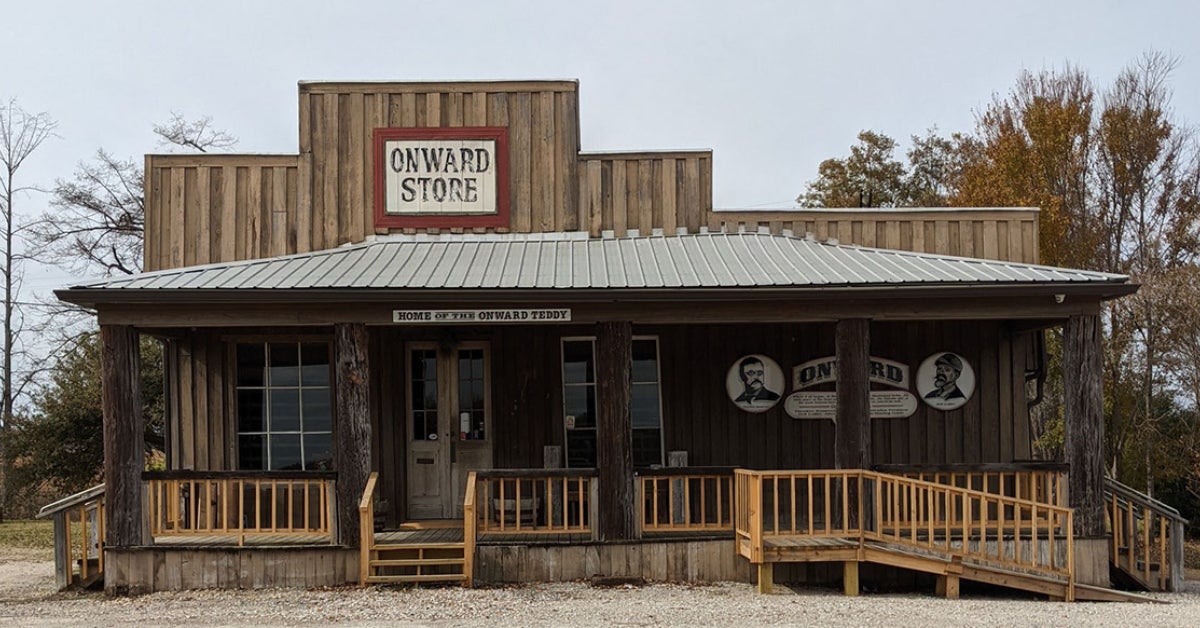Lime sludge at water plant a building problem for city
Published 12:00 am Monday, October 21, 2002
Lamar Heffner, Vicksburg water treatment superintendent, stands near a 20,000-ton pile of spent lime stored at the end of Haining Road. (The Vicksburg Post/C. Todd Sherman)
A mound bigger than most homes in Vicksburg sits at the end of the harbor off North Washington Street and is growing into an even larger problem for city officials.
A byproduct of the municipal water system’s softening unit, lime sludge was once simply dumped into the Mississippi River, but EPA regulations changed five years ago and now require other methods of disposal. The mound at the end of E.W. Haining Road now weighs 20,000 tons.
“Right now, we’re looking into different options,” said James “Bubba” Rainer, head of the city’s public works department.
Bids received last week for the removal of the lime sludge are nearly three times as much as disposal costs today, raising rates from $9 to $23 per ton, and city officials are pondering what to do to avoid that rising cost.
“We may not have any choice,” said Mayor Laurence Leyens.
About 450 pounds of lime a week are put in Vicksburg’s water as part of the softening process. The lime increases the pH, or alkalinity, of the water, causing an instability that separates iron and calcium from the water, explained Lamar Heffner, superintendent of the water plant on Haining Road.
The lime, iron and calcium sink to the bottom of a holding tank where it comes out of the water in the form of a muddy sludge. The sludge is taken through another process where about half of the moisture is removed before being loaded on to dump trucks to be removed.
On average, six truckloads are hauled out of the plant each day, Heffner said.
“There are other ways to treat the water, but it would lower the quality of the water,” said Heffner, who has been at the plant for nearly 21 years.
“There’s a trade-off in everything you do,” he said.
Lime, or calcium oxide, comes from limestone and is harmless to the soil and water. It is often used as a soil enhancer, and algae and weeds grow abundantly in the mound at the harbor.
When the lime sludge was dumped into the river, tests of the water were done north and south of the river and little difference was found, Heffner said. Municipal water is also treated with chlorine, and fluoride is added.
The city has hired Allen & Hoshall, the architect firm that designed the water plant built in 1969, to look at other options for disposing of the sludge. Right now, city officials say the lime is the only method of softening the local water, and failure to soften the water would not go over well with taxpayers.
“Our water is so hard that (if we didn’t treat it with the lime) you couldn’t lather with it, and the iron would turn your clothes orange,” Heffner said.
At the Culkin Water District, the largest supplier of water in Warren County outside of the city, director Ken McClelland said it is not necessary to soften that water because it comes from a different source.
“Our water is naturally soft because our wells are deep,” McClelland said.
Water for the Culkin Water District comes from wells in the central part of the county while city water comes from 11 wells around North Washington Street. Rainer said that during the previous administration, officials looked at using a different source for water, but that it would be more expensive than hauling off the lime sludge.
Another option is to haul the sludge to a landfill, but that can cost as much as $45 per ton plus the cost of hauling, Rainer said.
The city received only one bid, from Falco Lime, which also provides the lime for the plant and has the current contract to remove the lime, for disposal of the lime sludge. Officials say they will re-advertise for bids and hope they can get a lower price.
Even if the city has to go with the $23-per-ton cost, Leyens, who has previously said a water rate hike may come in the future, said it is not likely to affect current prices. The last rate increase was two years ago during the previous administration.
“I think it is appropriate for the city to supplement life-giving services such as water,” Leyens said.
The current charge for water is $5 for the first 2,000 gallons of water and $1.98 per gallon for the next 8,000. Last year, the water rates were supplemented with about $800,000 from taxpayers.
The Vicksburg Water Treatment Plant operates on about $2.5 million annually and produces about 9.5 million gallons of water per day.





